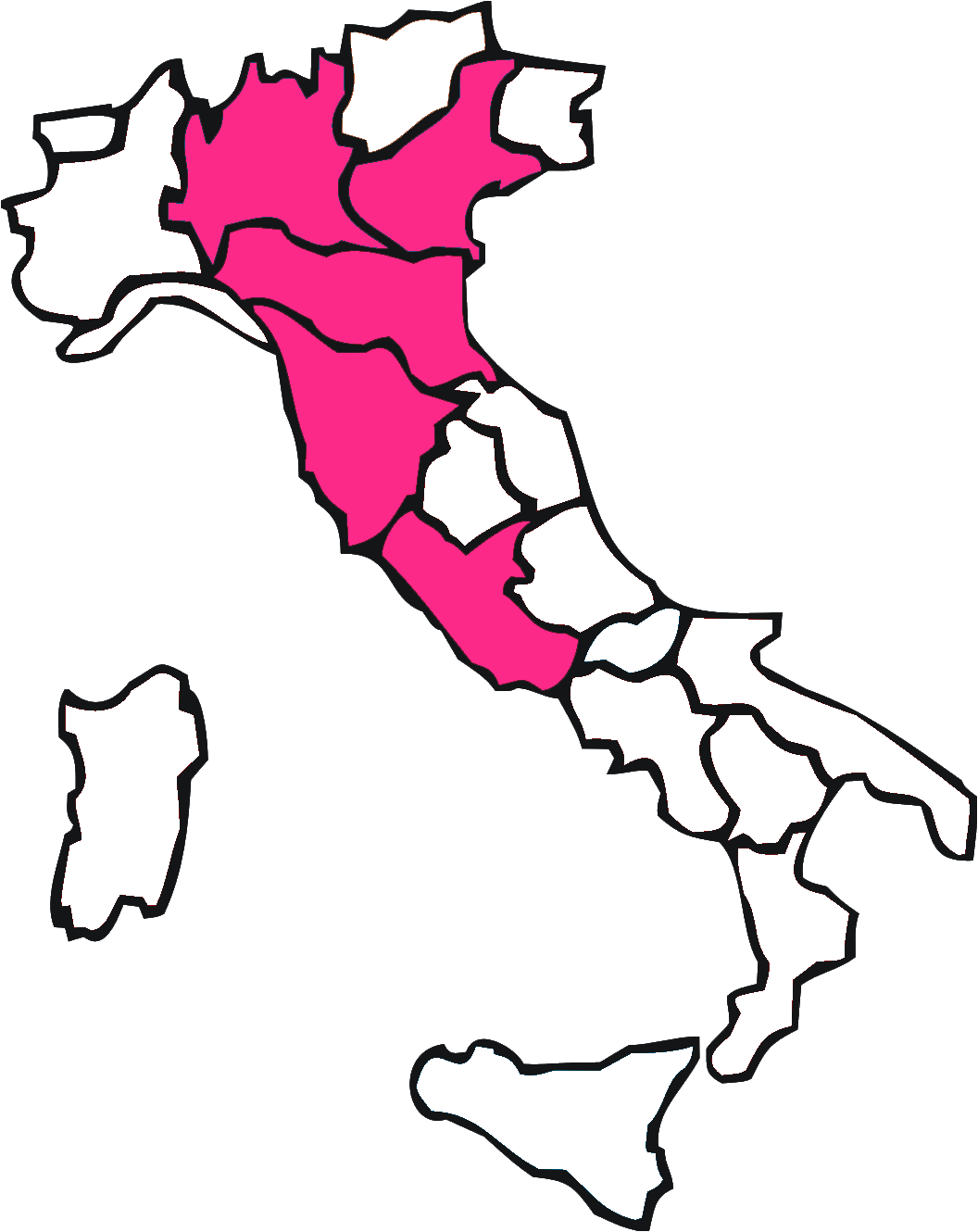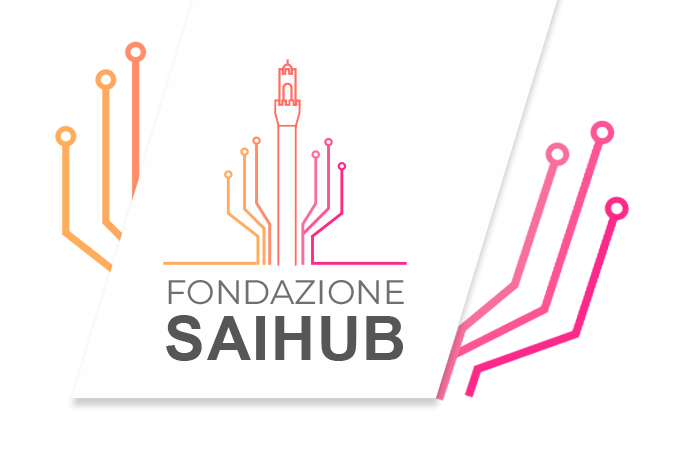Fondazione saihub
The background
The life sciences industrial ecosystem has a high profile in the national economy and is found in one of the most active regions, Tuscany, and in particular in the Siena area, whose specificity dates back to 1904, when the scientist and entrepreneur Achille Sclavo founded the world’s first company for the industrial production of vaccines. Sclavo himself later became Chancellor of the University of Siena for several terms, and the direct and integrated collaboration between education and public research and the private economic system can be traced back to that time.
Today, the Fondazione SAIHUB and the Rete SAIHUB are in the long wake of these events, which have made the Siena area an internationally recognised and appreciated centre of scientific and technological development.
The richness of the Tuscan economic model, based on components such as agri-food, robotics, tourism and several specialised industrial districts, is also reflected in the activities of the Fondazione SAIHUB, which focuses on life sciences but also offers its collaboration to research and development projects linked to other production and service sectors.
imprese che
danno impiego
valore
della produzione
persone impiegate
nel settore
ECONOMIC SECTOR
LIFE SCIENCES IN ITALY AND TUSCANY
According to studies carried out by the Consorzio Alisei, the national Life Sciences sector today comprises more than 5,500 companies employing around 1.8 million people, with an estimated production value of €252 billion, or 10.6% of Italy’s GDP.
With investments in research and development of over 6 billion euros, the sector has the highest ratio of investment to production.
Various studies carried out over the years by different organisations also show that this is a sector where there is a higher concentration of graduates among the workforce, with a high female presence index. For example, according to data published by FederFarma in 2023, more than 90 per cent of employees have a university degree and women account for 44 per cent of the total workforce.
The pharmaceutical sector in Italy
In terms of population, Farmindustria data confirms the absolute importance of the Tuscan region.

LOMBARDIA
- 24,000 direct employees;
-28,000 employees in the supplier sectors.
EMILIA ROMAGNA
- 4,700 direct employees;
- 5,700 employees in the supplier sectors.
VENETO
- 5,200 direct employees;
- 6,100 employees in the supplier sectors.
TOSCANA
- 7,500 direct employees;
- 9,000 employees in the supplier sectors.
LAZIO
- 13,000 direct employees;
- 15,500 employees in the supplier sectors.
The top Italian regions by concentration of the pharmaceutical sector in 2021.
Source: The European House Ambrosetti on Farmindustria data 2022
Within this framework, which makes Italy the EU country with the best results in Life Sciences (together with Germany), Tuscany’s R&D investment component alone represents 19% of the national total (source: Assolombarda – La rilevanza della filiera Life Sciences in Lombardia, 2022).

